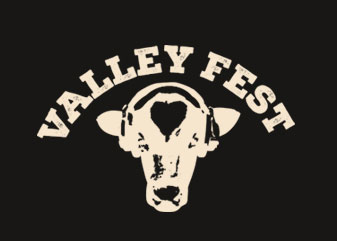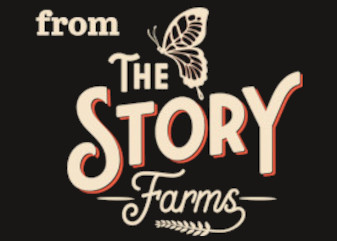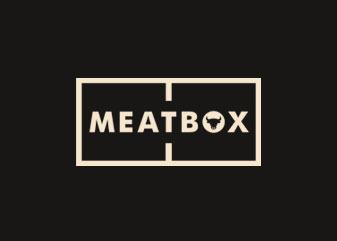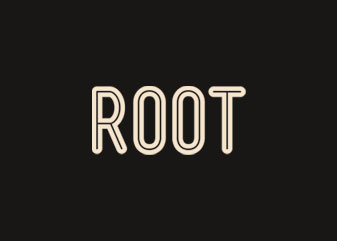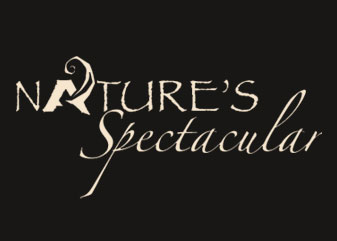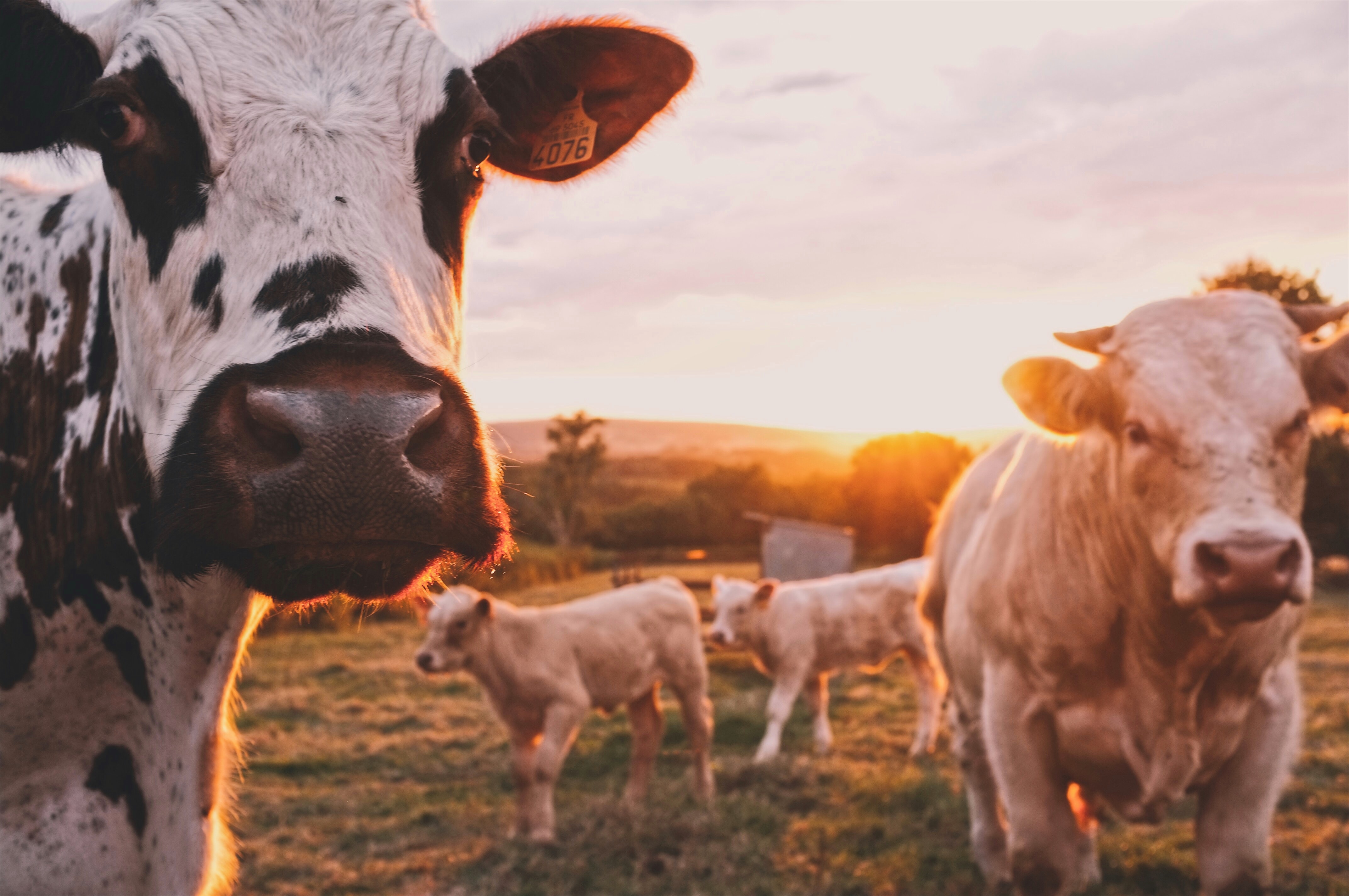
Regenerative Farming describes farming and grazing practices that, among other benefits, reverse climate change.
We believe in farming organically and regeneratively – by working in harmony with nature to look after the soil and the pastures, which in turn is reflected in the welfare of our animals and the taste of our produce.
Our cattle spend most of the year grazing in the fields, only spending the worst winter months inside where they are fed solely on home grown hay and silage. They are given the freedom to express their normal behaviours and often live in family groups. Their natural diet means they are less likely to suffer from disease and require little veterinary attention or antibiotics.
We use a system called ‘MOB grazing’ whereby the livestock are moved each day to graze fresh grass. By doing so, they eat the most nutritious top third of the forage plants and trample the stemmy and less nutritious stalks into the ground to make new soil. This trampled forage is continually returned to the surface, helping to feed the soil, along with the manure.
Grazing animals also return nutrients and organic matter back to the ground as they deposit their dung, ensuring the soil remains healthy and fertile, this is the basis of regenerative farming.
Our pastures contain a variety of plant species, including herbs, wildflowers and clovers which provide a healthy diet rich in essential vitamins and minerals drawn up from the soil below. They also support a diverse range of wildlife which is necessary for delicate eco systems to thrive. The carbon footprint of grass farms such as ours is significantly lower than that of farms where cereal crops are grown to feed animals. Grassland helps capture and store carbon so less is released into the air to harm the atmosphere.
Through our regenerative approach we are bringing more and more carbon into the soil each year by various practices that mean not tilling the soil, planting trees, cover crops and planned grazing through this we can build and retain tonnes of carbon.
